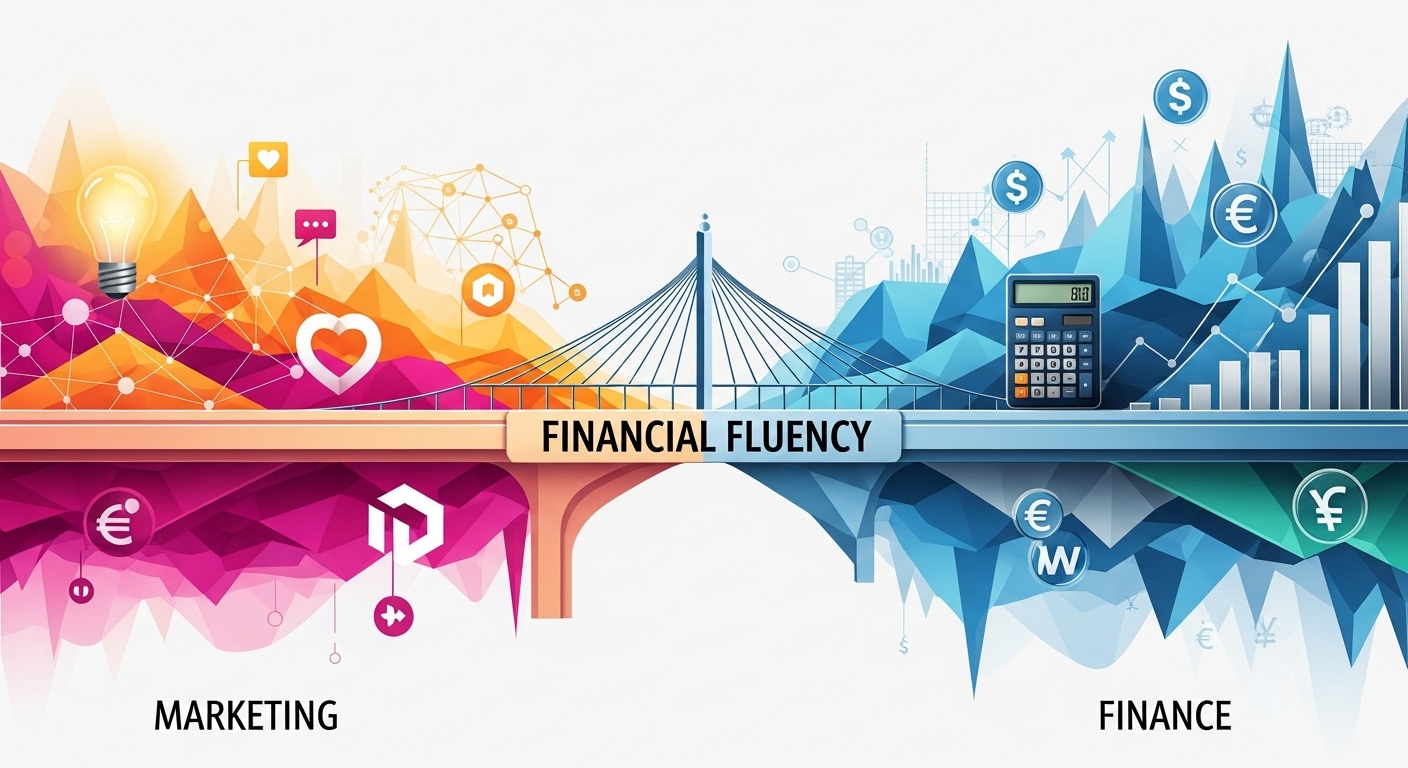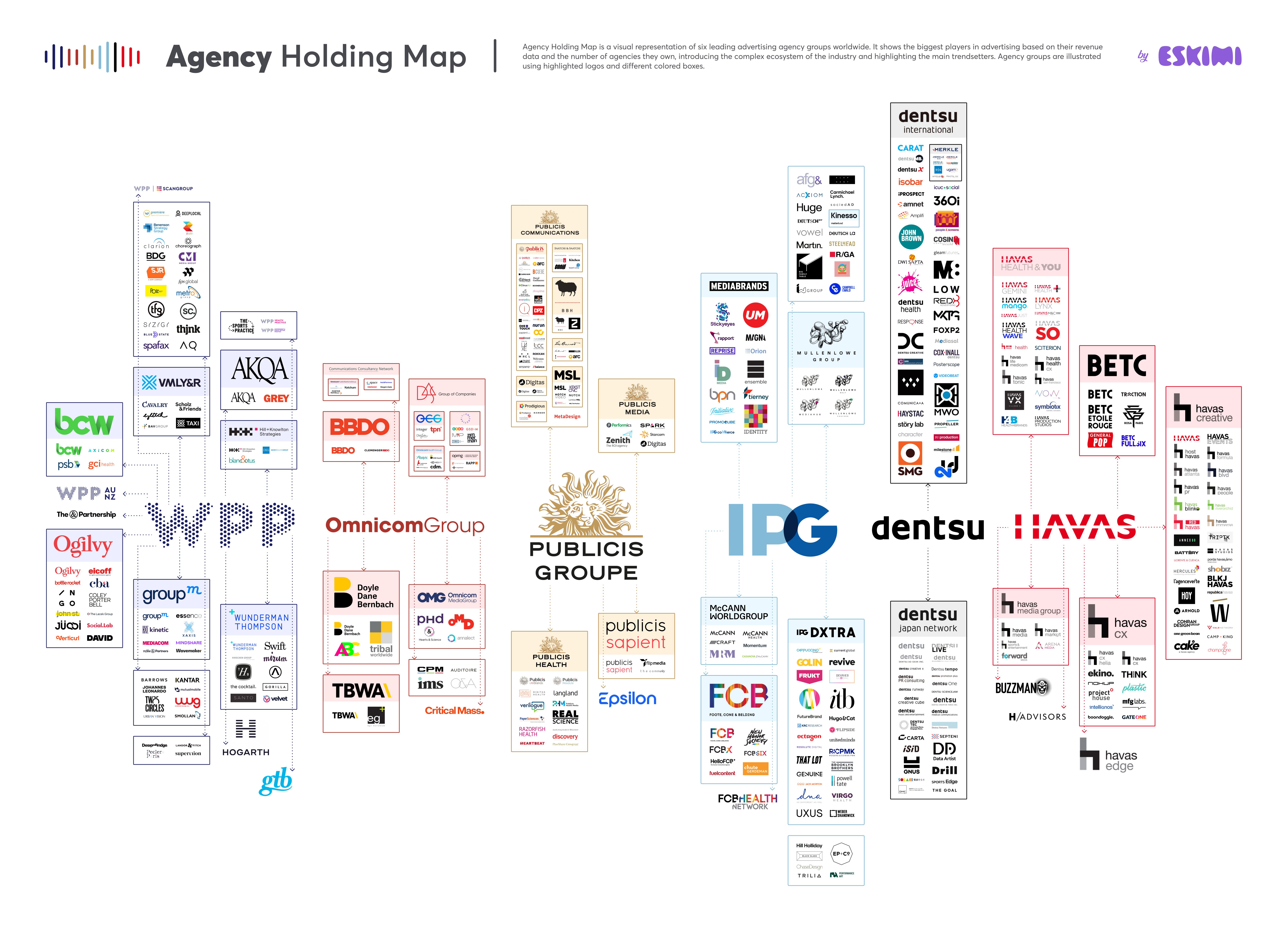Marketing and finance sit on opposite sides of the same table, yet they rarely speak the same language. Both functions define value, but they measure it in completely different ways. This gap hinders innovation, stifles growth, and forces marketing to fight for relevance in boardrooms worldwide.
Finance assigns value long before a consumer interacts with a brand. Profit margins, cost controls, risk management, forecasting, and return on investment shape how financial leaders judge worth. To them, value lives inside the company. They create it, track it, and measure it with structured models. A product becomes valuable when it is easier to produce, ship, or scale with fewer resources. Efficiency validates decisions. It proves the business is moving in the right direction.
Marketers define value differently. They believe value exists in the customer’s mind. It shows up in preference, emotion, loyalty, and memory. If people choose one brand over another, that brand holds value. Marketing creates value when an idea sticks, a story resonates, and a message increases mental availability. Their currency is desire, not spreadsheets.
When these definitions collide, friction follows. A marketer brings a powerful, emotionally charged idea to the table. The finance team asks one question: How does this translate into revenue, retention, or profit? Many brilliant ideas die in meeting rooms not because they lack creativity, but because they lack financial translation.
Modern marketing faces a hard truth. The most vulnerable marketer today is not the one with the boldest ideas. It is the one who cannot explain the financial impact of those ideas. Strong creative work is not enough in a landscape defined by tight budgets, high growth expectations, and pressure for immediate performance. If leadership cannot see the financial value, they will not invest.
Financial Fluency Bridges the Gap
Everything changes when marketers can explain how brand preference protects margins, how distinctiveness drives pricing power, and why emotional campaigns outperform rational ones in revenue uplift. They can show how mental availability connects directly to market share. At that moment, creativity stops looking like a cost. It becomes a business asset.
The best marketers now operate at the intersection of commercial reality and creative ambition. They provide the models, forecasts, and measurable outcomes that finance needs. They also tell human stories that engage audiences. They understand working capital as clearly as they understand consumer psychology. They know that building brand salience reduces the need for discounting. They also recognize that strong advertising alone cannot win; it must prove economic impact.
Financial fluency does not require marketers to become accountants. It requires awareness that value has two parts. Finance produces it. Marketing shapes how the world perceives it. One creates the engine. The other fuels the demand that makes it run.
Brands grow stronger when both sides understand these roles. Companies unlock compounding returns when creativity and financial discipline work together. Marketers earn a central place in strategic decision-making not because their work looks good, but because they can prove its worth.
ALSO WATCH MARKETING EDGE ONTV








Comment
No comments found.